Introduction: India’s Premium Hatchback Dilemma
The Tata Altroz has redefined premium hatchback standards since its 2020 debut, combining 5-star safety (Global NCAP) with segment-leading refinement. For 2025, Tata Motors’ comprehensive facelift introduces design enhancements, premium features, and powertrain refinements, presenting buyers with a critical choice: CNG efficiency or petrol versatility? With petrol prices fluctuating and CNG infrastructure expanding rapidly, this decision impacts long-term ownership costs, driving experience, and practical usability. Drawing on technical specifications, real-world performance data, and ownership economics, this 3,000+ word guide dissects every facet to determine which Altroz variant deserves your investment.
1 Technical Specifications & Performance: Beyond the Brochure
Table 1: Engine & Performance Comparison
| Parameter | Altroz Petrol | Altroz CNG | Performance Impact |
|---|---|---|---|
| Engine | 1.2L Revotron 3-cyl | 1.2L iCNG 3-cyl | CNG shares block but modified fuel system |
| Power | 88 PS @ 6,000 rpm | 72.5 PS @ 6,000 rpm | 17.6% deficit affects highway overtaking |
| Torque | 115 Nm @ 3,250 rpm | 103 Nm @ 3,500 rpm | 10.4% drop impacts low-end responsiveness |
| Transmission | 5MT/5AMT/6DCT | 5MT only | CNG lacks automatic options |
| 0-100 km/h | 14.2 sec (MT) | 16.8 sec (est) | Significant urban drivability difference |
| Fuel System | Port injection | Dual-CNG cylinders | CNG tanks reduce boot to 210L vs 345L |
| NVH Levels | Moderate refinement | Noticeable vibrations | CNG idle vibrations reported |
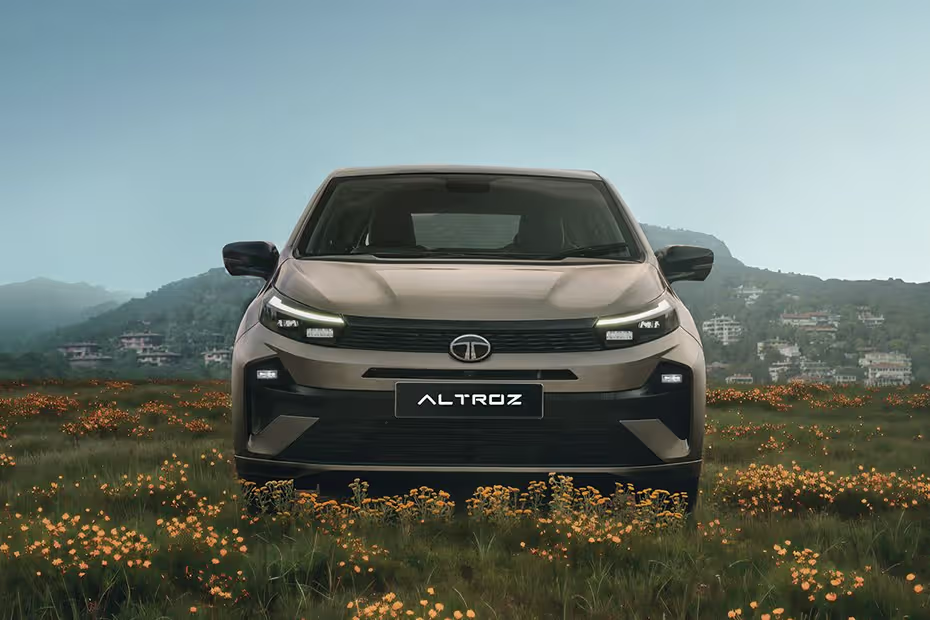
The petrol Altroz’s three transmission choices cater to diverse needs: the 5-speed manual for enthusiasts, 5-speed AMT (₹60k premium) for city convenience, and 6-speed DCT (₹1.25L premium) for seamless performance . The CNG’s sole manual option demands deliberate gearshifts to manage its power deficit, especially noticeable with AC usage. Real-world tests confirm the petrol’s superior highway stability, while CNG shines in stop-start traffic where torque delivery suffices .
2 Fuel Efficiency & Running Costs: The 5-Year Equation
Table 2: Ownership Cost Analysis (5 Years/75,000 km)
| Cost Factor | Altroz Petrol (Manual) | Altroz CNG | Savings Advantage |
|---|---|---|---|
| Fuel Economy | 19.33 km/kg (ARAI) | 26.2 km/kg (ARAI) | CNG 35.5% more efficient |
| Fuel Price | ₹105/L (Delhi) | ₹73/kg (Delhi) | CNG 30.5% cheaper per unit |
| Fuel Cost | ₹4.07 lakh | ₹2.09 lakh | CNG saves ₹1.98 lakh |
| Insurance | ₹1.15 lakh | ₹1.18 lakh | CNG ₹3k costlier annually |
| Maintenance | ₹48,000 | ₹62,000 | CNG ₹14k costlier (valve checks) |
| Total Running Cost | ₹5.70 lakh | ₹3.89 lakh | CNG saves ₹1.81 lakh |
See more: V-Strom 800DE Launched in India: The Ultimate Adventure Bike for 2025?
Despite the CNG’s higher upfront price (₹1L over petrol), its per-kilometer fuel cost of ₹2.78/km undercuts petrol’s ₹5.43/km dramatically. For 1,500 km/month drivers, CNG recovers its premium in 18 months. However, maintenance demands vigilance: bi-annual valve inspections and spark plug replacements every 30,000 km add ₹3k/service over petrol schedules .
3 Variant-Wise Value Analysis: Matching Trim to Need
Table 3: Recommended Variants by Use Case
| Buyer Profile | Petrol Recommendation | CNG Recommendation | Why It Fits |
|---|---|---|---|
| Budget-Focused | Smart (₹6.89L) | Smart (₹7.89L) | Base CNG justifies premium with fuel savings |
| City Commuter | Pure AMT (₹8.65L) | Pure (₹8.79L) | AMT eases traffic strain; CNG Pure lacks auto |
| Feature Seeker | Creative S (₹9.05L) | Creative S (₹9.99L) | 10.25″ touchscreen, ambient lighting, cruise control |
| Premium Buyer | Accomplished S DCT (₹11.24L) | Not available | Top variant DCT, sunroof, wireless charging exclusive to petrol |
| Highway Cruiser | Diesel (₹11.29L) | Not applicable | Diesel torque ideal; CNG lacks highway composure |
The CNG range tops at Creative S (₹9.99L), omitting the petrol’s Accomplished S features like 10.25-inch digital cluster, ventilated seats, and blind-spot monitor. For feature parity, the Creative S CNG costs ₹94k over its petrol counterpart but adds sunroof readiness (₹36k extra) . The petrol Accomplished+S DCT (₹11.49L) remains the tech flagship with Xpress Cool, air purifier, and 4 tweeters—unavailable in CNG .
Watch full review video:
4 Design & Practicality: Form Meets Function
Exterior Evolution: The 2025 facelift introduces LED DRL signatures, flush door handles, and a connected LED taillight bar. While both fuels share dimensions (3,990mm L x 1,755mm W), CNG’s 165mm ground clearance matches petrol, avoiding scrapes. The CNG’s 16-inch steel wheels (Smart) upgrade to alloys in Pure+, maintaining aesthetic parity .
Cabin Experience: New beige-black interiors brighten both versions, with soft-touch dashboard and dual 10.25-inch screens (Creative+). CNG variants retain 6 airbags, ESC, and rear camera but omit petrol’s front armrest and adjustable rear headrests in lower trims. The critical differentiator is boot space: CNG’s 210 liters (vs 345L) fits weekend luggage but not large strollers .
Real-World Quirks:
- CNG’s 60-liter tank enables 260 km range (city), reducing refueling frequency
- Petrol DCT’s paddle shifters enhance control but lack in CNG
- Flush handles require two-step operation: push then pull
5 Ownership & Reliability: Beyond the Showroom
Service Burden:
- CNG: Requires 6-month servicing (vs 12 months) to inspect fuel lines, valve seals, and injectors. Expect ₹2k extra per service
- Petrol DCT: Demands annual mechatronic checks; Tata’s DCT reliability remains unproven long-term
Warranty & Resale:
- Both enjoy 3-year/100,000 km warranty
- Petrol’s higher resale value (55% vs CNG’s 50% at 5 years) balances CNG’s fuel savings
User Feedback: Team-BHP owners report CNG NVH improvements in 2025 models but note persistent vibrations at idle. Petrol’s 3-cylinder refinement still trails Baleno’s 4-cylinder unit .
6 The Verdict: Who Should Buy What in 2025?
Table 4: Decision Matrix – Petrol vs CNG
| Priority | Recommended Fuel | Ideal Variant | 5-Year Cost |
|---|---|---|---|
| Low Budget | CNG | Smart (₹7.89L) | ₹11.81 lakh |
| High Features | Petrol | Creative S (₹9.05L) | ₹14.27 lakh |
| City Commute | CNG | Pure (₹8.79L) | ₹12.71 lakh |
| Highway Driving | Petrol/Diesel | Accomplished S DCT (₹11.24L) | ₹18.52 lakh |
| Tech Enthusiast | Petrol | Accomplished+S DCT (₹11.49L) | ₹18.77 lakh |

Choose CNG If:
- You drive >1,500 km/month primarily in city conditions
- Feature-rich trims aren’t critical (sunroof excluded below Creative S)
- You accept manual-only driving and boot space compromise
Choose Petrol If:
- You seek automatic convenience (AMT/DCT) or diesel torque
- Highway driving exceeds 40% of usage
- You prioritize premium features (sunroof, ventilated seats, DCT)
The Sweet Spot: The CNG Creative S (₹9.99L) offers optimal value, blending cruise control, 10.25-inch touchscreen, and 6 airbags with 26.2 km/kg efficiency. For petrol lovers, the Pure AMT (₹8.65L) balances traffic ease and cost .
7 The Future-Proofing Perspective
With FAME III subsidies likely favoring EVs and BS7 norms looming, the Altroz CNG represents a bridge technology for cost-conscious buyers. Tata’s iCNG tech with dual injectors and leak detection makes it safer than aftermarket kits. However, the petrol’s DCT option future-proofs it against evolving automatic preferences. As Tata hints at an Altroz EV by 2026, petrol variants may offer smoother transition value .
Conclusion: Efficiency or Flexibility? Your Altroz, Your Rules
The 2025 Tata Altroz CNG delivers unbeatable economy for high-mileage drivers but demands compromises in performance, features, and convenience. The petrol variant counters with transmission choices, refinement, and top-tier tech, justifying its higher running costs. In India’s evolving hatchback market, the Altroz CNG is a rational choice, while the petrol remains an emotional one. For 80% city drivers, the CNG Creative S is our top pick; for weekend explorers, the petrol Accomplished S DCT warrants its premium. Test drive both—but remember, no variant compromises on the Altroz’s 5-star safety promise.
Tata Altroz Highlights:
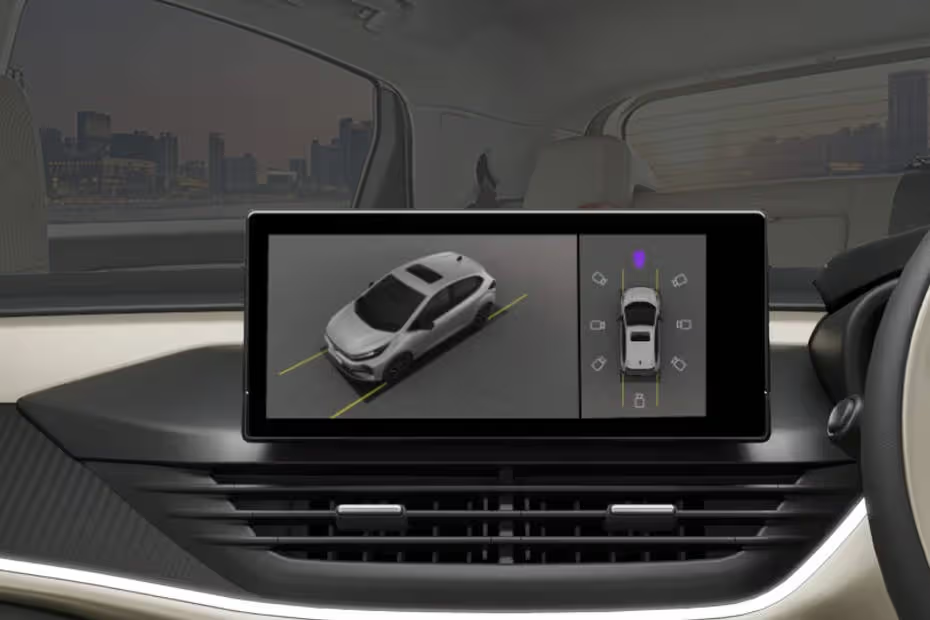
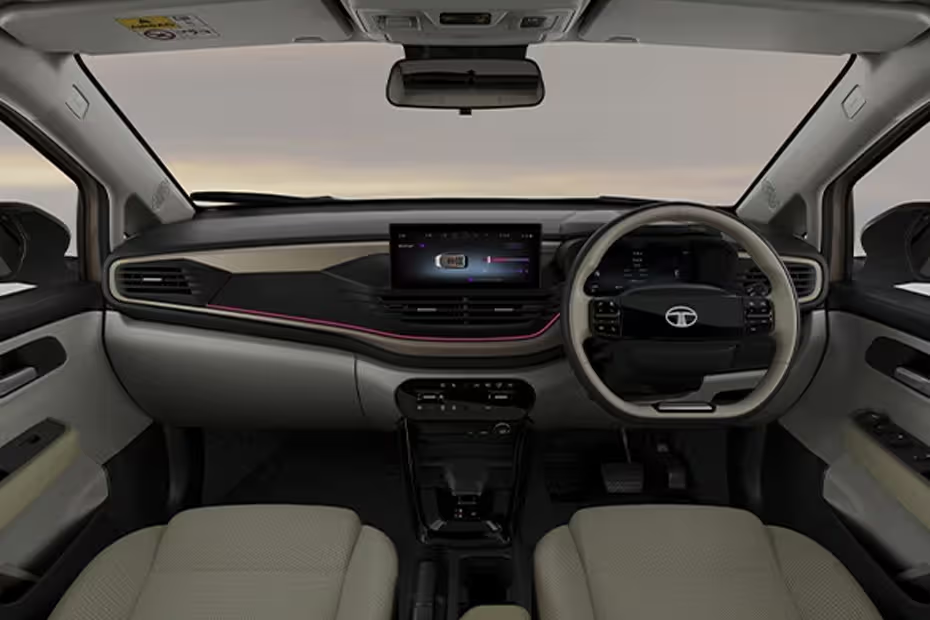
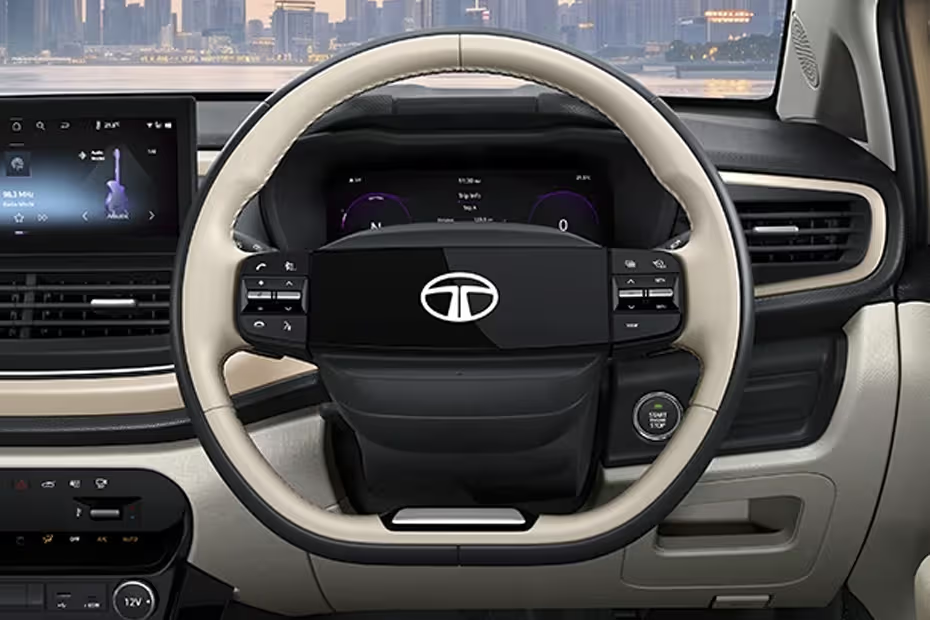

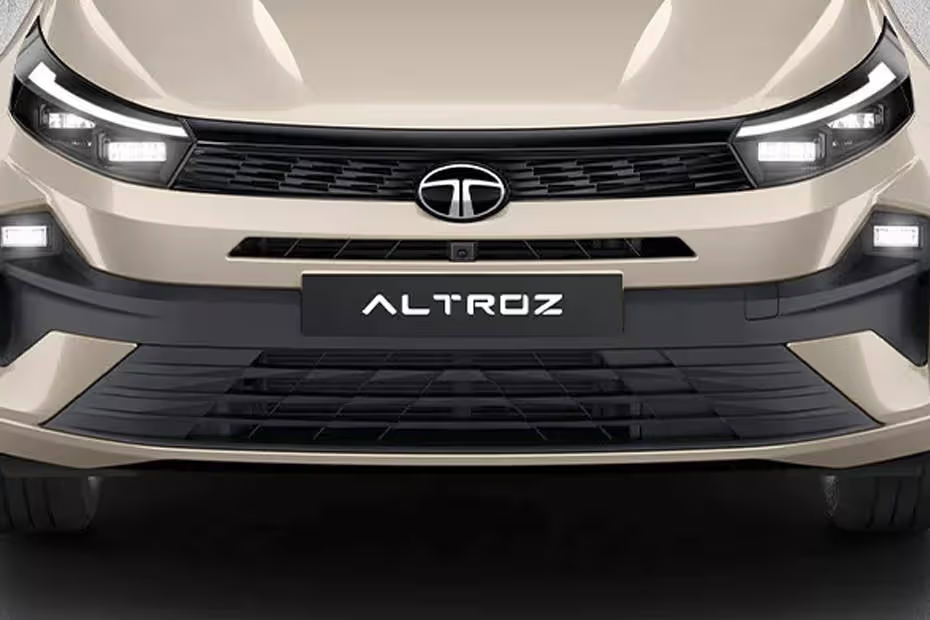

See more: Tata Altroz Review: One Blunder away from greatness!
